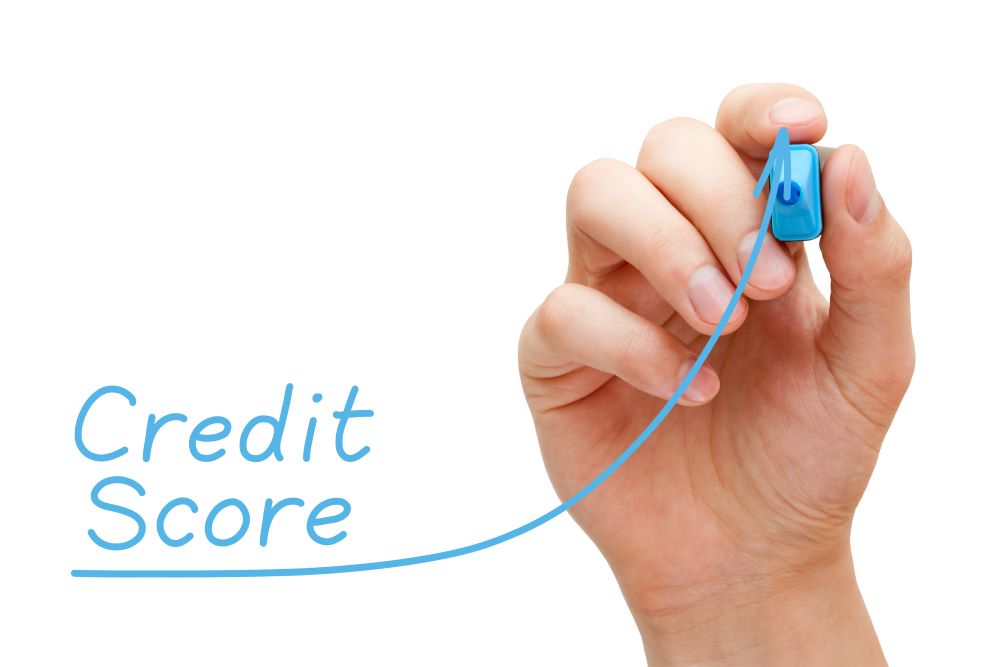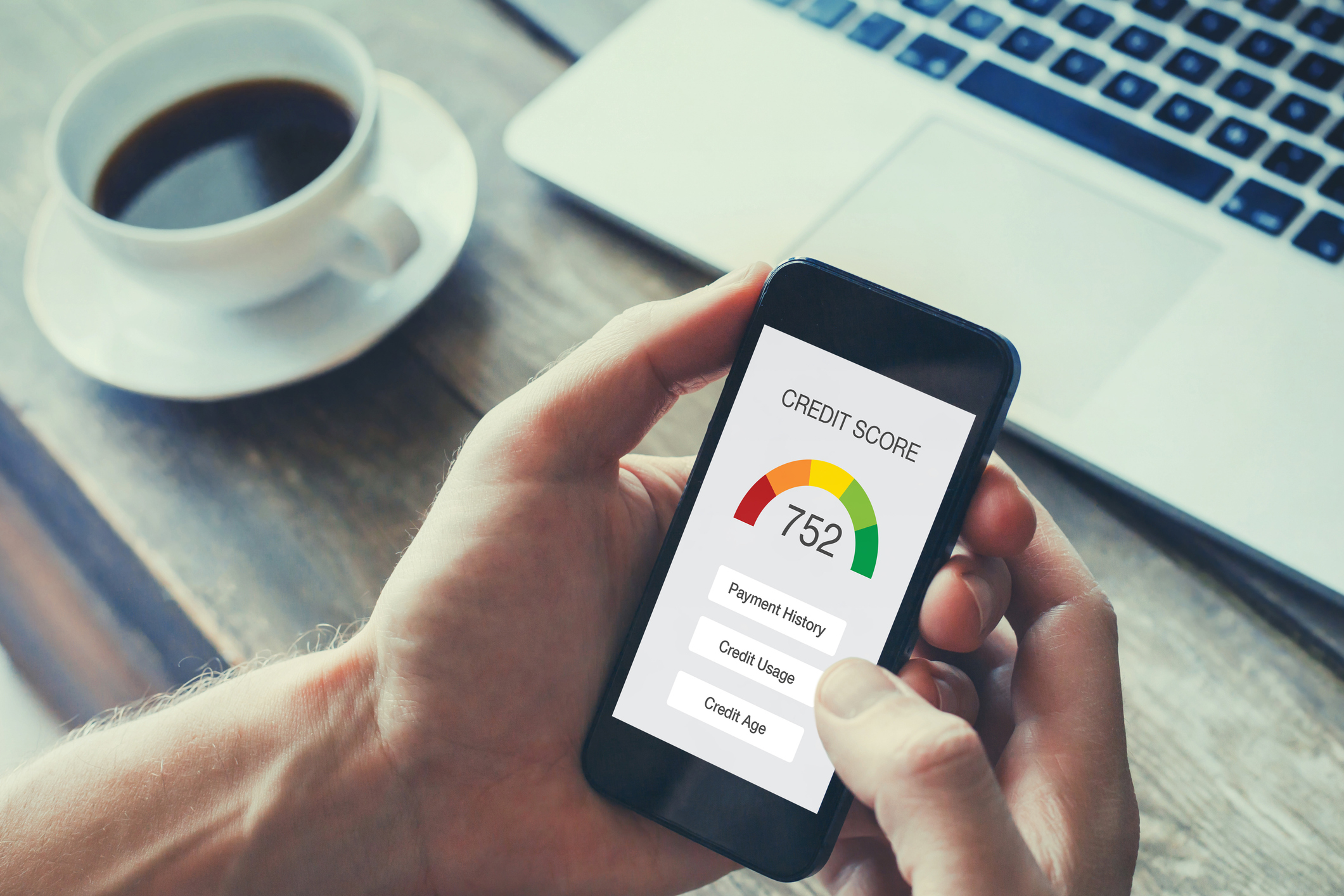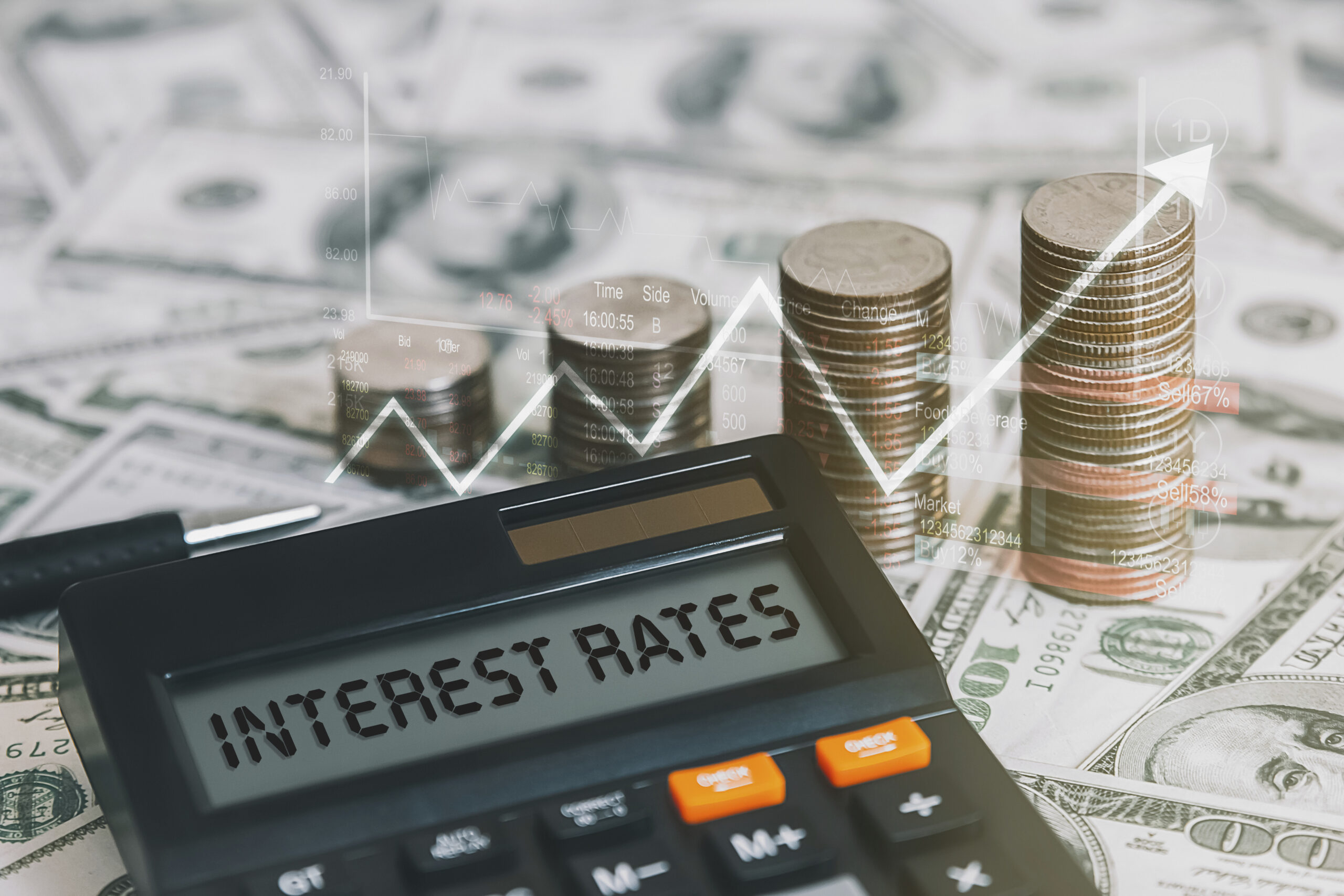Do you know what your highest credit score can be? That might then spark the question, what is the lowest credit score possible and how do your credit scores stack up?
FICO® Scores range from 300 to 850. Getting a perfect 850 is challenging, but not impossible. If you can count yourself among the 1.2% of Americans with a good credit score, pat yourself on the back.
The rest of us, however, can all benefit from learning more about credit scores. The average FICO® Score is 695, which won’t get you the best interest rates on loans and mortgages. For that, you typically need a score of 720 or higher.
So, let’s dive in and learn about credit score ranges.
What Are the Benefits of Having Higher Credit Scores?
What’s the biggest benefit of having a perfect credit score? The higher your credit score the more favorable loan terms most lenders may offer. However, most lenders divide credit scores into ranges. Once your score clicks over to the next range, you can be offered the available terms for that range.
For example, most lenders consider 800 to 850 to be excellent credit. Whether your score is 801 or 850, it might not matter because your can be offered the same terms.
Ranges vary slightly depending on which scoring model you use. These are the ranges for FICO® Scores.
● Poor: 300-579
● Fair: 580-669
● Good: 670-739
● Very good: 740-799
● Excellent: 800+
Where does your score fall? If you can stretch your score up to the next range, you can enjoy lower interest rates and other more favorable loan terms.
If you want to positively impact your credit score, it helps to understand how FICO® Scores are calculated. So, let’s look at that first.
What Factors Influence Your FICO® Scores?
FICO® uses several different factors to determine your score. Each factor is weighted according to its importance.
● Payment history: 35%
● Amounts owed: 30%
● Length of credit history: 15%
● New credit: 10%
● Credit mix: 10%
Payment History
This means that your payment history is considered the most important factor and makes up 35% of your score. Lenders want to see that you reliably make your payments on time each month. Payment history information drops off after 7 years, so even if you have had trouble making your payments on time in the past you won’t be barred for life from enjoying a perfect score.
Amounts Owed
The amounts owed, also called credit utilization, represents how much of your available credit you’re using. For example, if you have three credit cards with limits that add up to $18,000 and you are currently carrying a balance of $9,000, your credit utilization is 50%.
Lenders assume that the more of your available credit you’re using, the more likely you are to default because you’re overextended.
Length of Credit History
New credit users won’t be able to strike a perfect credit score because you may need a few years of history to reach the highest mark in this category. However, if the rest of the factors look great, new users can enjoy high scores even without the best score in this category.
Your credit history takes into account the age of your oldest account, newest account and the average age of all your accounts. This is why young people should take out a credit card or some other form of credit as early as possible — even if they don’t use it.
New Credit
Too many new credit accounts at once is a red flag for lenders. It is even more suspicious if you don’t have a long, reliable credit history behind it. Avoid taking out a bunch of loans or credit cards all at once.
Credit Mix
Finally, the credit mix looks at the types of credit you have. Credit cards, installment loans, lines of credit, mortgages, retail accounts, and more all count as different types of credit. A good mix is all that’s needed, not necessarily one of each.
How to Reach Your Credit Goals
So, what are the best methods for working toward your credit score goals? Here are a few tips.
Pay Your Bills on Time
Set up auto-pay or have money taken out of your salary automatically for bills – do whatever is necessary to always make your payments on time.
Dispute Any Inaccuracies on Your Credit Report
Inaccuracies, even small ones, can negatively affect your credit score. Request your credit report and review it for inaccuracies. If you find any, call and ask to have them reviewed.
Keep Your Credit Utilization Rate Low
Pay down credit card balances as much as possible to keep your credit utilization rate as low as possible. Aim to use 30% of your available credit or less.
Limit Your Hard Credit Inquiries
Hard inquiries are those that appear on your report. Multiple inquiries can bring down your score as lenders can wonder why you’re applying for so many loans.
Don’t Cancel Cards Needlessly
Have a card that keeps getting you in trouble? Cut it up, but don’t close the account. That account can help bring up the average age of your accounts as well as provide extra available credit to help keep your credit utilization low.
Aiming for the Highest Credit Score
Having the highest FICO® Score possible isn’t necessary to get the best rates and most favorable terms on loans. However, bumping yourself up to the next score range is a big benefit. By understanding how FICO® Scores are calculated and monitoring your credit score can help you reach your credit goals in no time.













